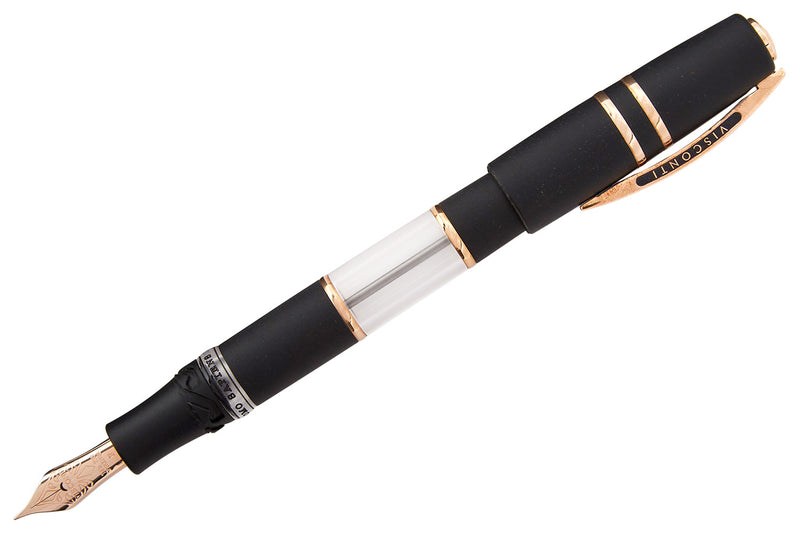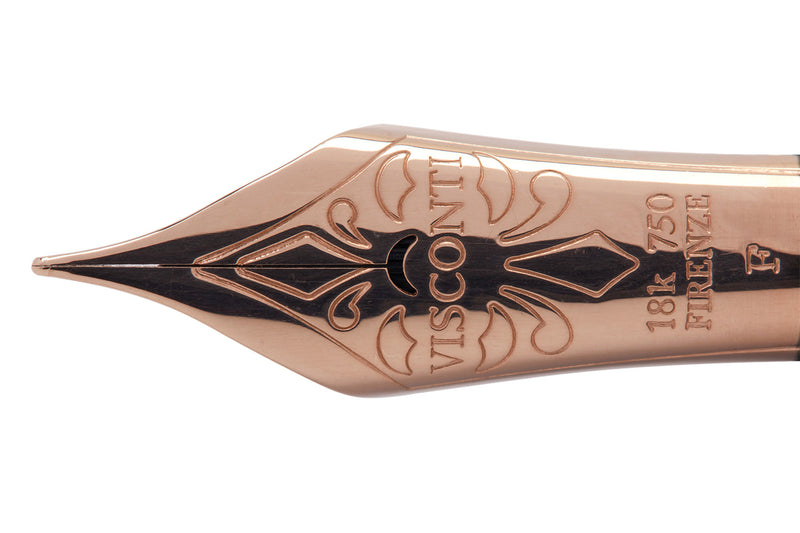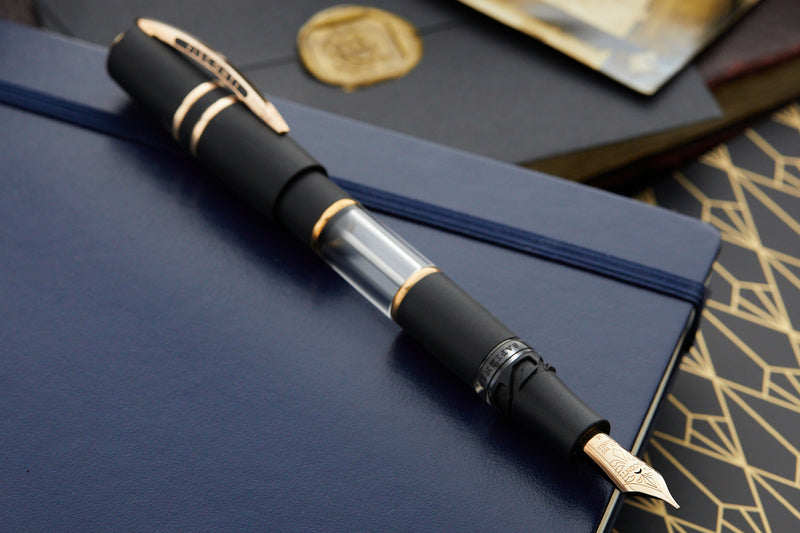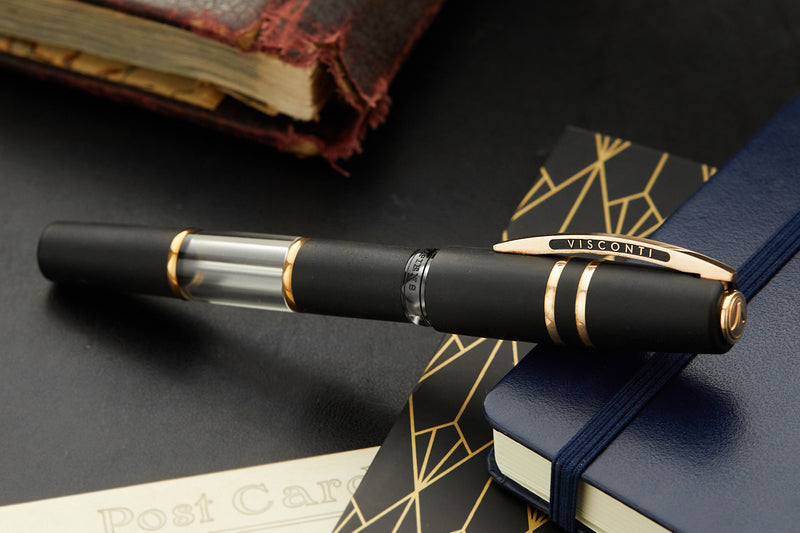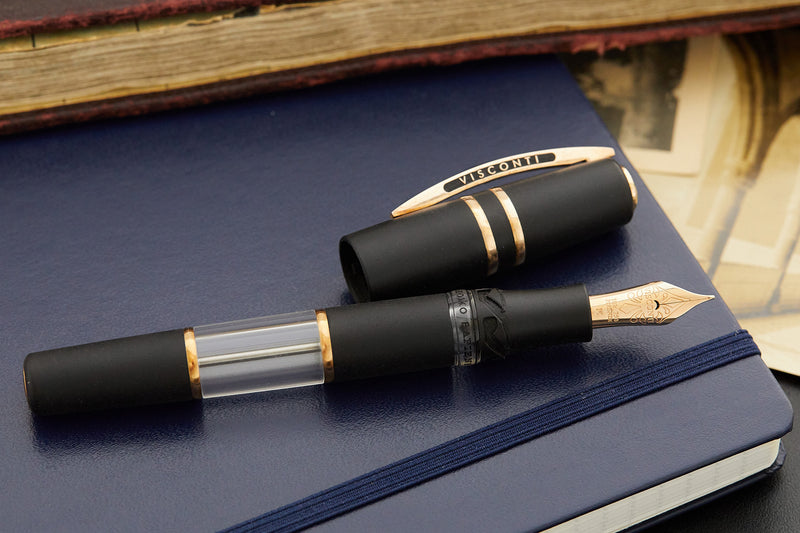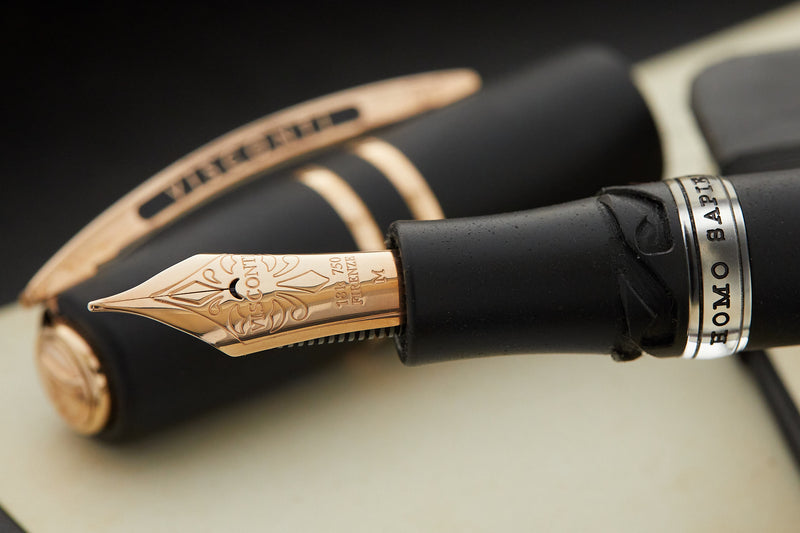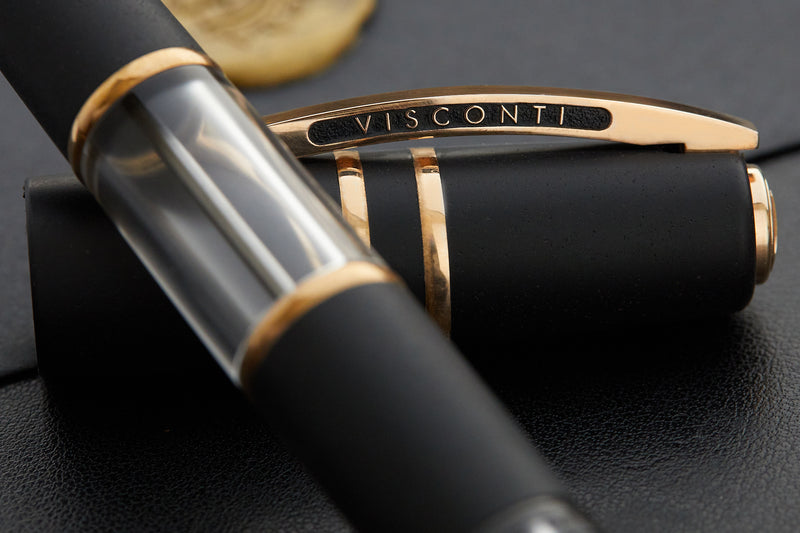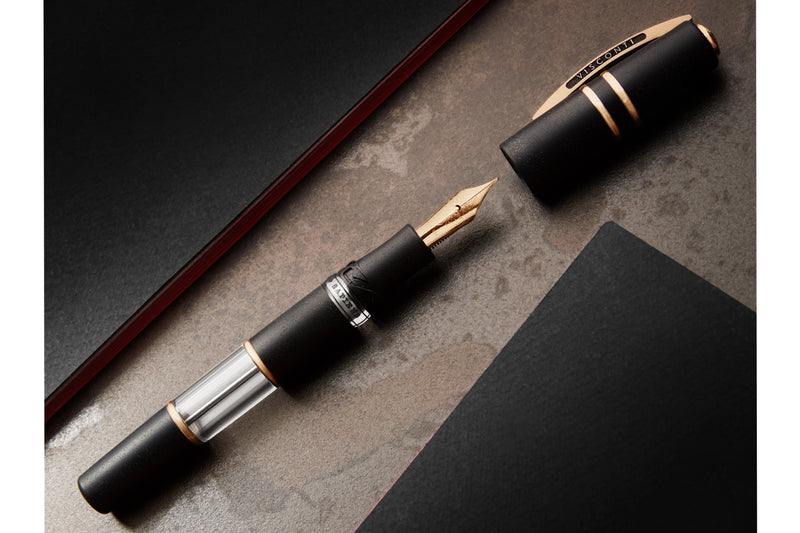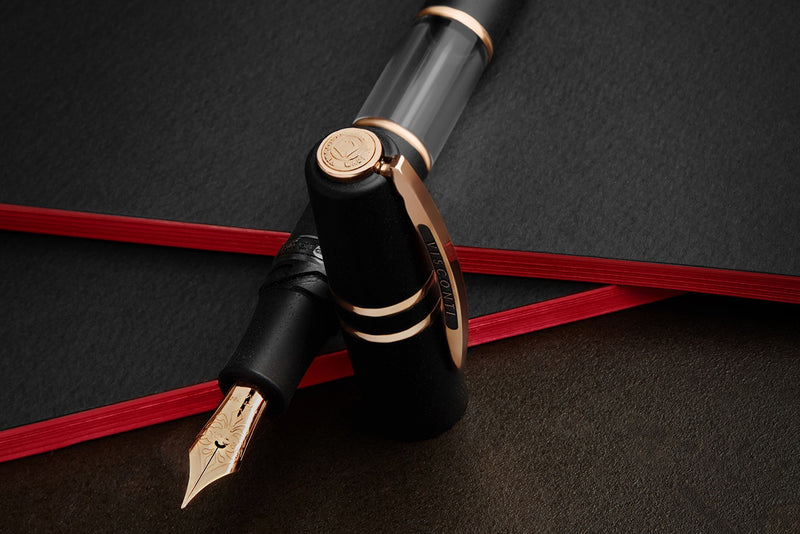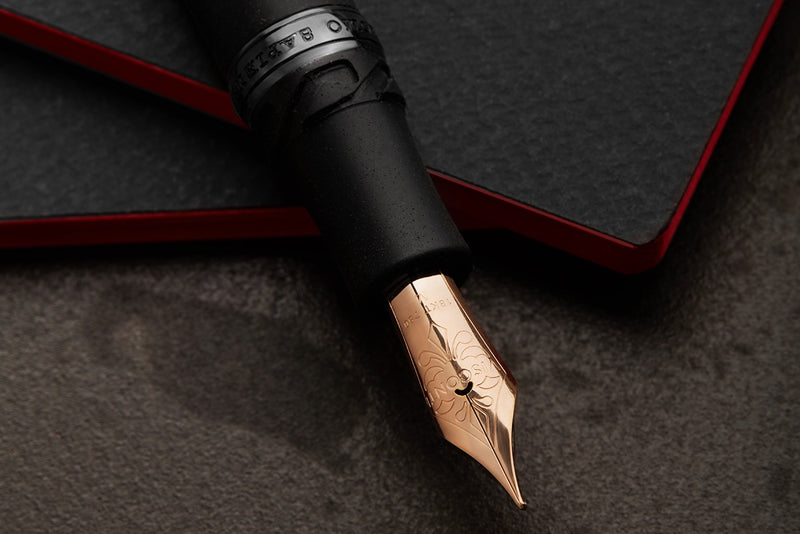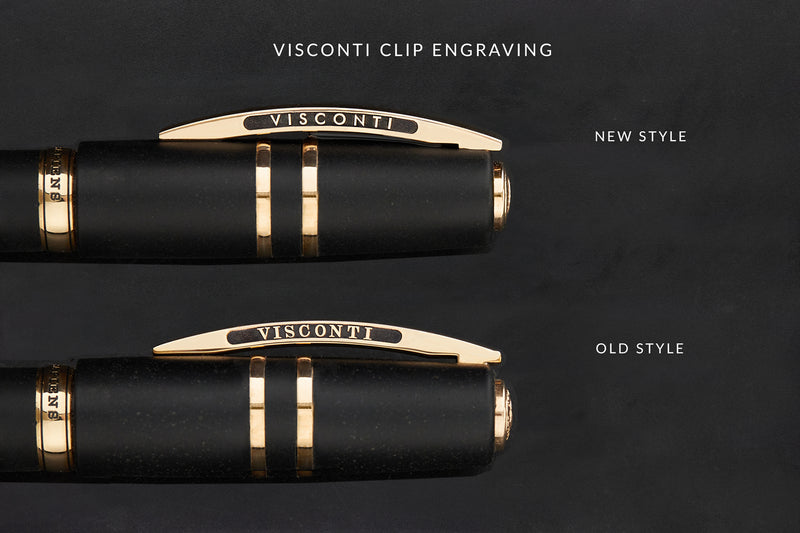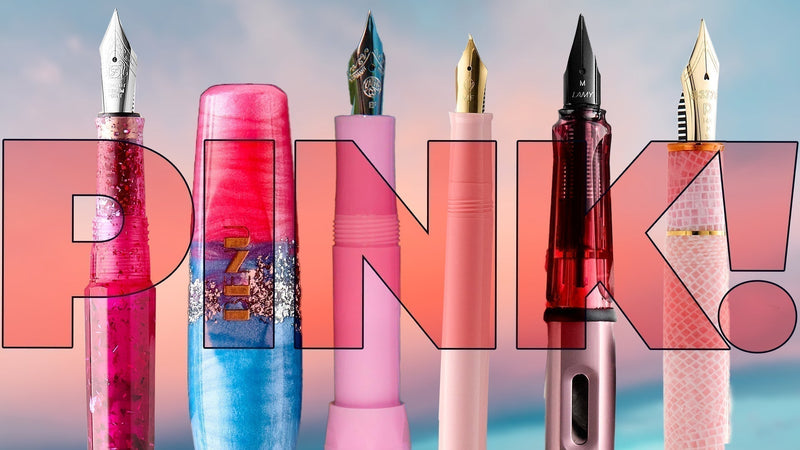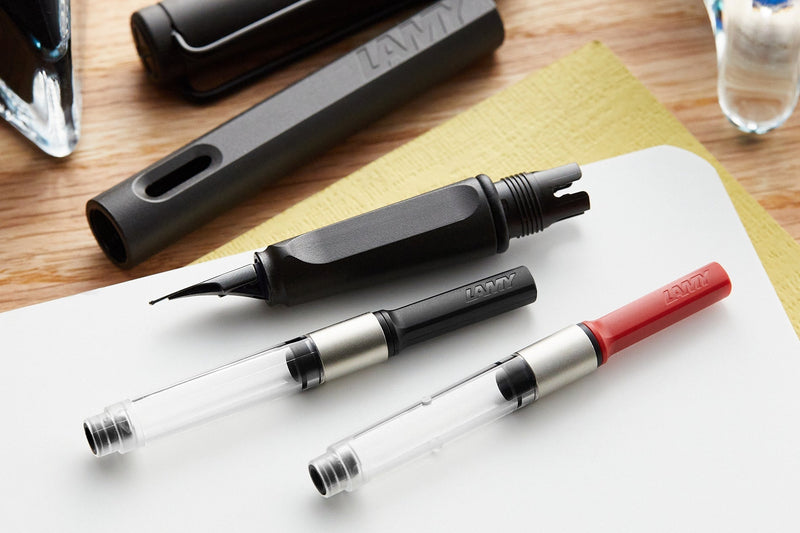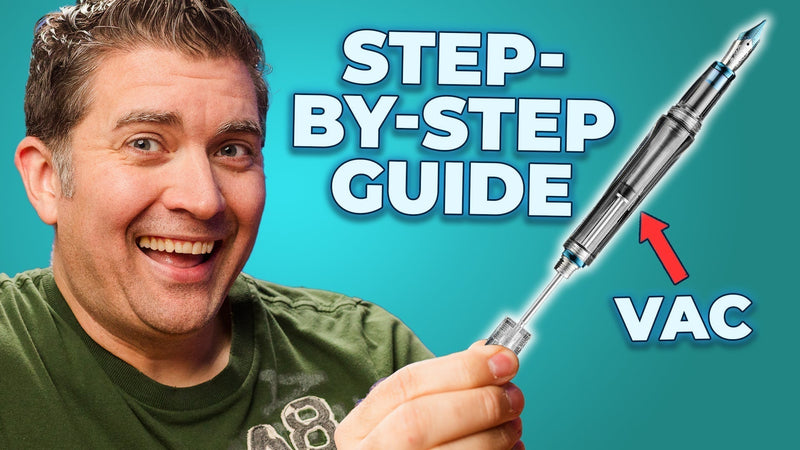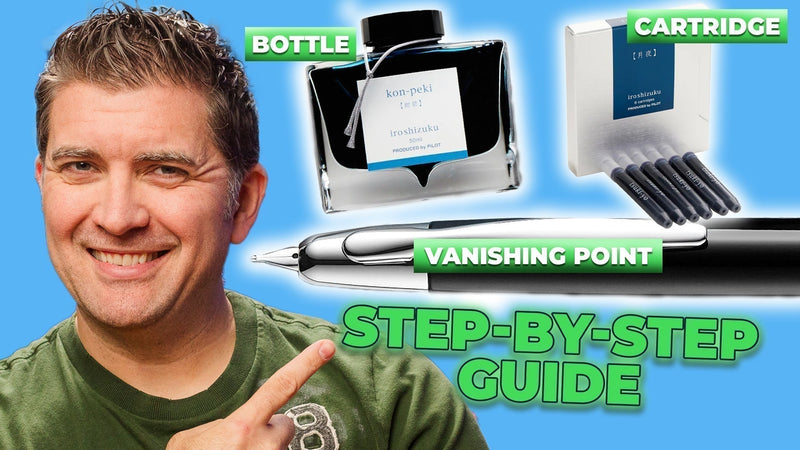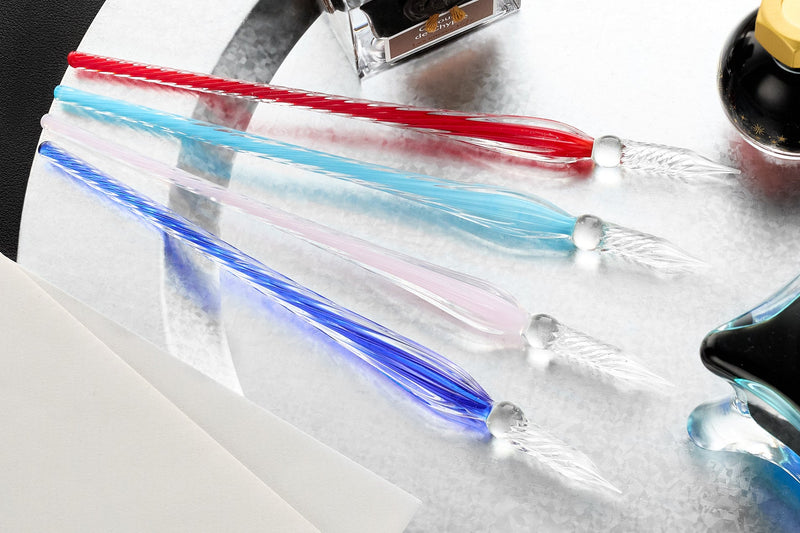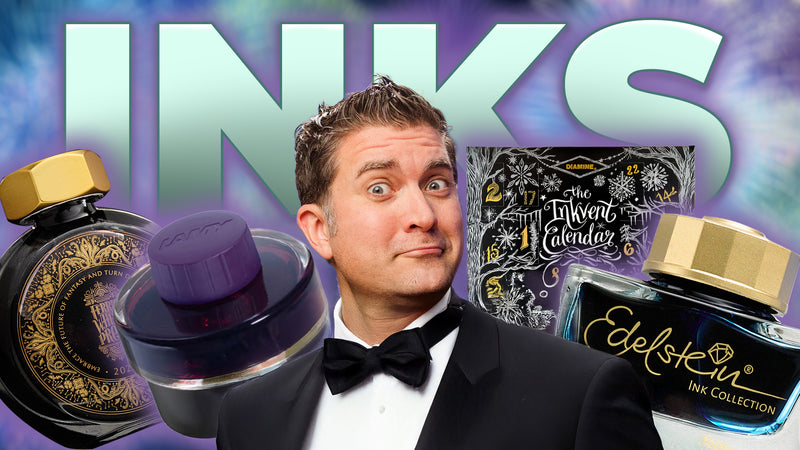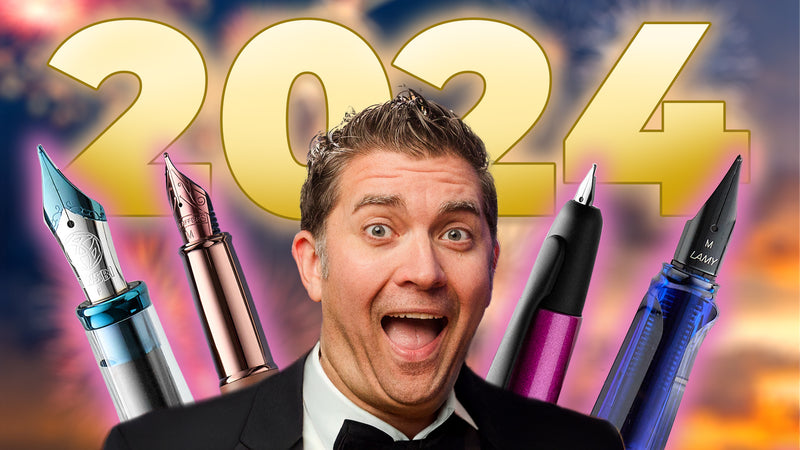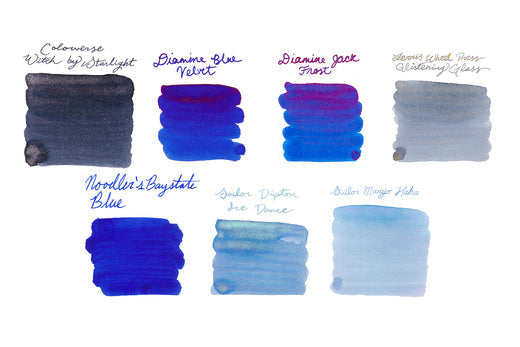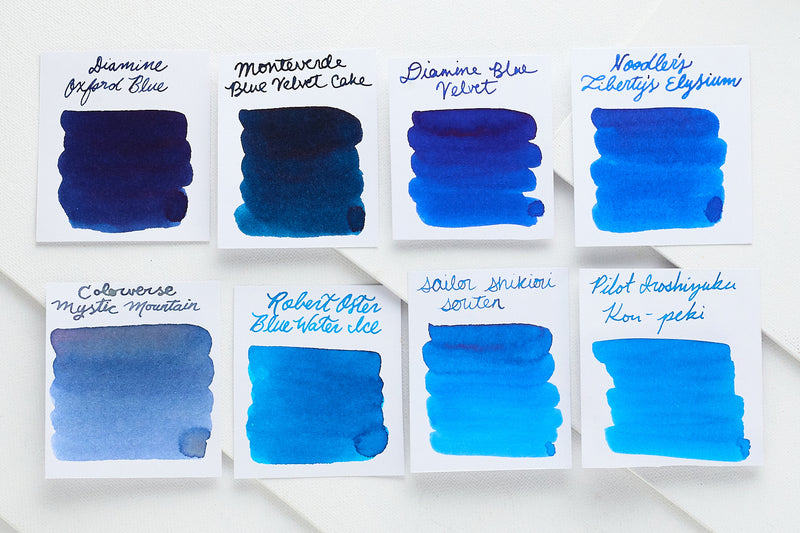Visconti Homo Sapiens Crystal Dream Fountain Pen
The Homo Sapiens Crystal Dream is an exceptional fountain pen, showcasing all of the unique benefits of the original, award-winning Homo Sapiens with several upgrades and modifications:
Crystal Ink Chamber: The most discernible modification to the body of the pen is the addition of a large transparent window made from crystal acrylic resin. A large section of lava has been cut out of the pens body and replaced with a piece of clear crystal acrylic tube, transforming the pen into a demonstrator with a unique appearance and identity. This 'oversize' window offers the user a view of stored ink inside the pen and the pens 'double reservoir' power filling system
Double Reservoir: The original Homo Sapiens featured Visconti's 'single reservoir' power filling system. The Crystal Dream is upgraded to Visconti's patented 'double reservoir' power filler, a vacuum filling system that is easy to use and has considerable benefits. Patented in 1998, this is arguably the most advanced filling system ever developed in fountain pen history. The user is able to fill the pen with the equivalent of 10 cartridges of ink, and thanks to the two reservoirs, prevents ink from leaking during air travel.
Crystal Ring: The final change is the small ring around the pens grip section. Metal has been replaced with crystal acrylic resin, offering a view of stored ink in the pens second smaller ink reservoir.
As with the original Homo Sapiens, the Crystal Dream is made from volcanic lava rock making the pen virtually unbreakable, naturally hygroscopic and very comfortable to write with. All trims are made from natural bronze and the cap closes with Visconti's patented 'hook safe lock'. The Homo Sapiens Crystal Dream is a must-have for every Visconti pen enthusiast.
The Homo Sapiens is handmade from hardened basaltic lava sourced from the Mount Etna volcano in Italy, with a trim made of solid bronze. Visconti lava is virtually unbreakable, comfortable and warm to the touch - and slightly hygroscopic, absorbing moisture from your hand. The basaltic lava is mixed with resin to create this pen.
The pen caps using the Visconti 'Hook Safe Lock', a revolutionary capping system so you can cap a pen without worrying about the cap accidentally unscrewing in your pocket and leaking. The fountain pen's double reservoir vacuum power filler is made of titanium to resist ink corrosion, and it features a rose gold-plated oversized 18k gold nib to match the trim color.
- Condition
- New
- Brand
- Visconti
- Type
- Fountain Pens
- Color
- Black
- Demonstrator
Whether or not the barrel of the pen is translucent, allowing you to see the ink and filling mechanism inside.
- No
- Body Material
- Basaltic lava, Resin
- Cap Rotations
For pens with a screw-cap closure, how many rotations it takes to uncap/recap the pen.
- 0.25
- Cap Type
How the cap is opened/closed from the barrel of the pen. Some common options include Snap-Cap, Screw-Cap, Magnetic Cap, or Capless (no cap).
- Hook Safe Lock
- Compatible inks & refills
Which ink this pen will accept. Choices include bottled ink and various styles of pre-filled ink cartridges.
- Bottled ink
- Filling Mechanism
How the pen fills with ink. Click here to watch our video tutorial on common filling mechanisms.
- Double Reservoir Power Filler
- Grip Material
- Basaltic lava
- Nib Size
- Fine
- Nib Color
- Rose Gold
- Nib Material
- 18k Gold
- Postable
Whether or not the cap fits securely onto the back of the barrel when open.
- Yes
- Retractable
Whether or not the nib/tip can retract into the body of the pen (usually for click or twist-open style pens).
- No
- Diameter - Body
- 14mm (0.55in)
- Diameter - Cap (without clip)
- 16.5mm (0.65in)
- Diameter - Cap (with clip)
- 21mm (0.83in)
- Diameter - Grip (mm)
Measured from the place most people choose to rest their fingers, which varies with each pen.
- 11.0mm
- Length - Body
The measurement from the back end of the barrel to the tip of the nib.
- 132mm (5.20in)
- Length - Cap
- 59.3mm (2.33in)
- Length - Nib
The measured length of the visible portion of the nib when it is installed in the pen, from grip to tip.
- 24.3mm (0.96in)
- Length - Overall (Closed)
- 146mm (5.75in)
- Length - Overall (Posted)
When the cap of the pen is posted onto the back of the pen body, this is the measurement of the entire pen including the nib.
- 173.4mm (6.83in)
- Weight - Body
If a converter is included with the pen, this weight is reflected in the total.
- 24g (0.85oz)
- Weight - Cap
- 17g (0.60oz)
- Weight - Overall (g)
- 41.0g
- Max Ink Capacity - Piston Vac
The maximum volume of ink that can fit in the pen when using the built-in piston or vacuum filling mechanism.
- 3.69ml


